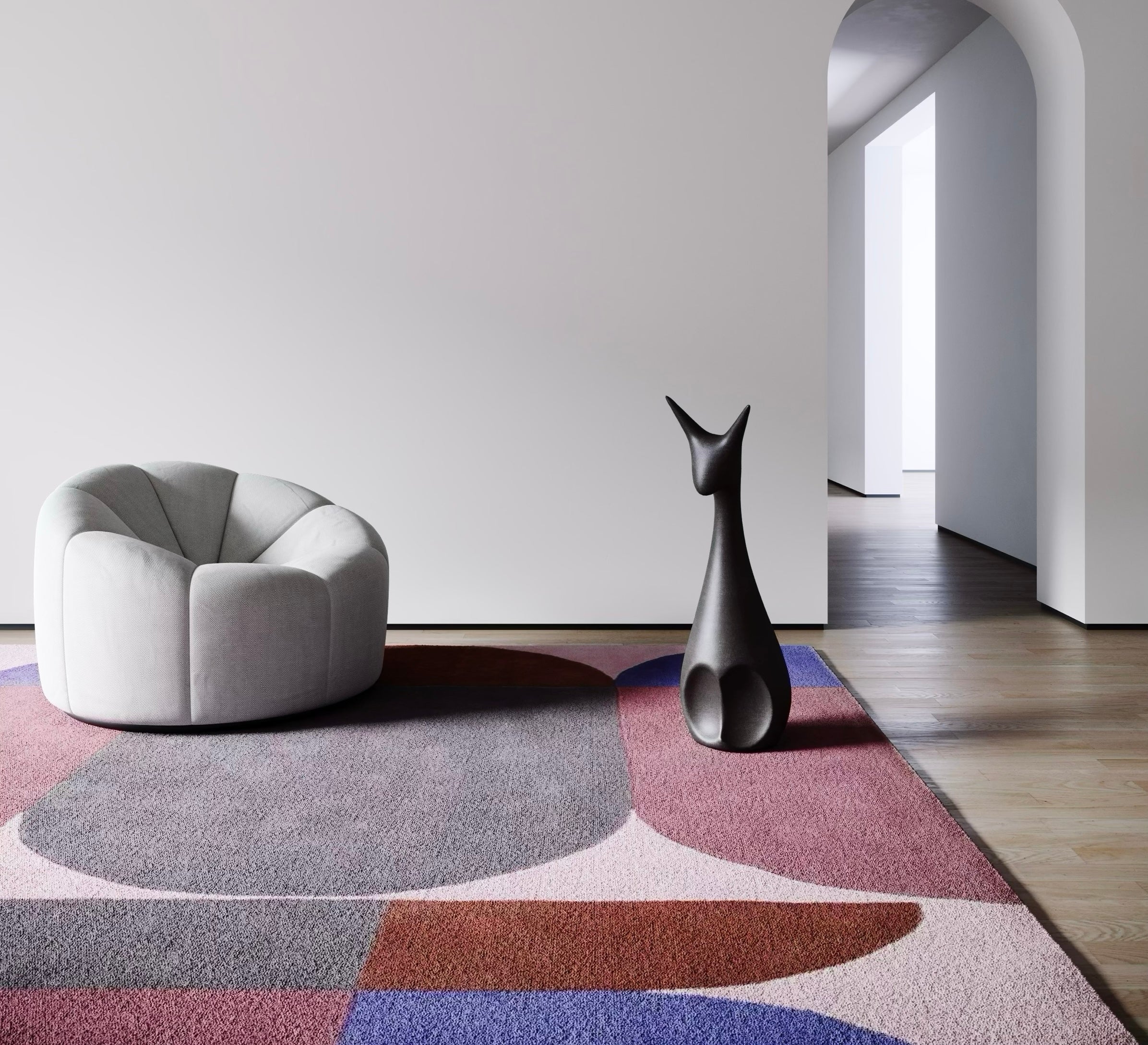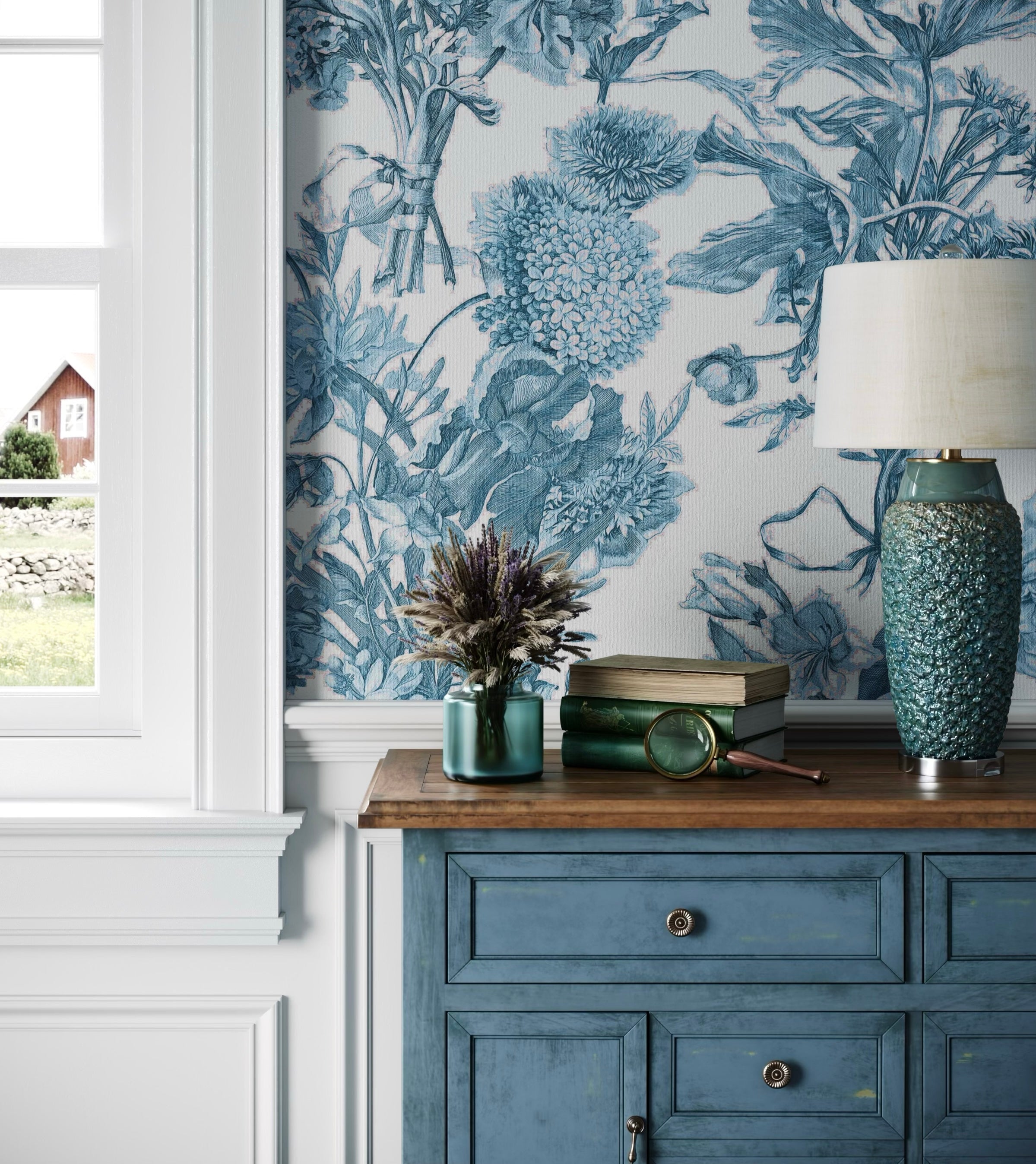Geometric forms emerge through wood grain simulation, each angular shape filled with varied timber textures creating patchwork effect. Neville Fender layers material illusion with geometric structure, where rustic wood character meets contemporary angular composition.
The pattern employs geometric shapes—likely hexagons, triangles, or irregular polygons—arranged in tessellated or scattered formation. Each shape receives distinct wood grain treatment: varied species suggested through colour and grain pattern differences, some reading as pale birch or ash, others as warmer oak or walnut, perhaps darker elements suggesting mahogany or ebony. This multi-toned wood patchwork creates visual complexity through both geometric arrangement and material simulation. The aesthetic balances opposing vocabularies: rustic organic wood grain suggesting craft and natural material, against modern geometric precision suggesting contemporary design sensibility. Sophisticated colour palette prevents the wood simulation from reading overly literal or cabin-rustic.
Printed in Cornwall with attention to wood grain texture detail and tonal variation that distinguishes convincing timber simulation across multiple species within single composition.
Neville Fender suits interiors bridging natural material appreciation with geometric contemporary design. Living rooms, dining areas, offices, feature walls where pattern creates focal interest through material and geometric complexity. The wood simulation provides warmth whilst geometric structure maintains modern edge. Works alongside actual wood furnishings extending material vocabulary, or within minimal schemes where the pattern provides primary textural interest. Scale and colour sophistication allow versatility across traditional and contemporary settings.
TECHNICAL SPECIFICATIONS:
- Width: 75cm per roll
- Length: 7 metres
- Pattern alignment: Straight match
- Repeat: Complex geometric repeat
- Installation: Butt joint
CARE: Wipe gently with damp cloth; the varied wood grain simulation maintains its textural complexity with minimal maintenance.
BRING THIS HOME Where geometry meets timber grain, walls assemble wood species into angular patchwork that saw and chisel never shaped.








